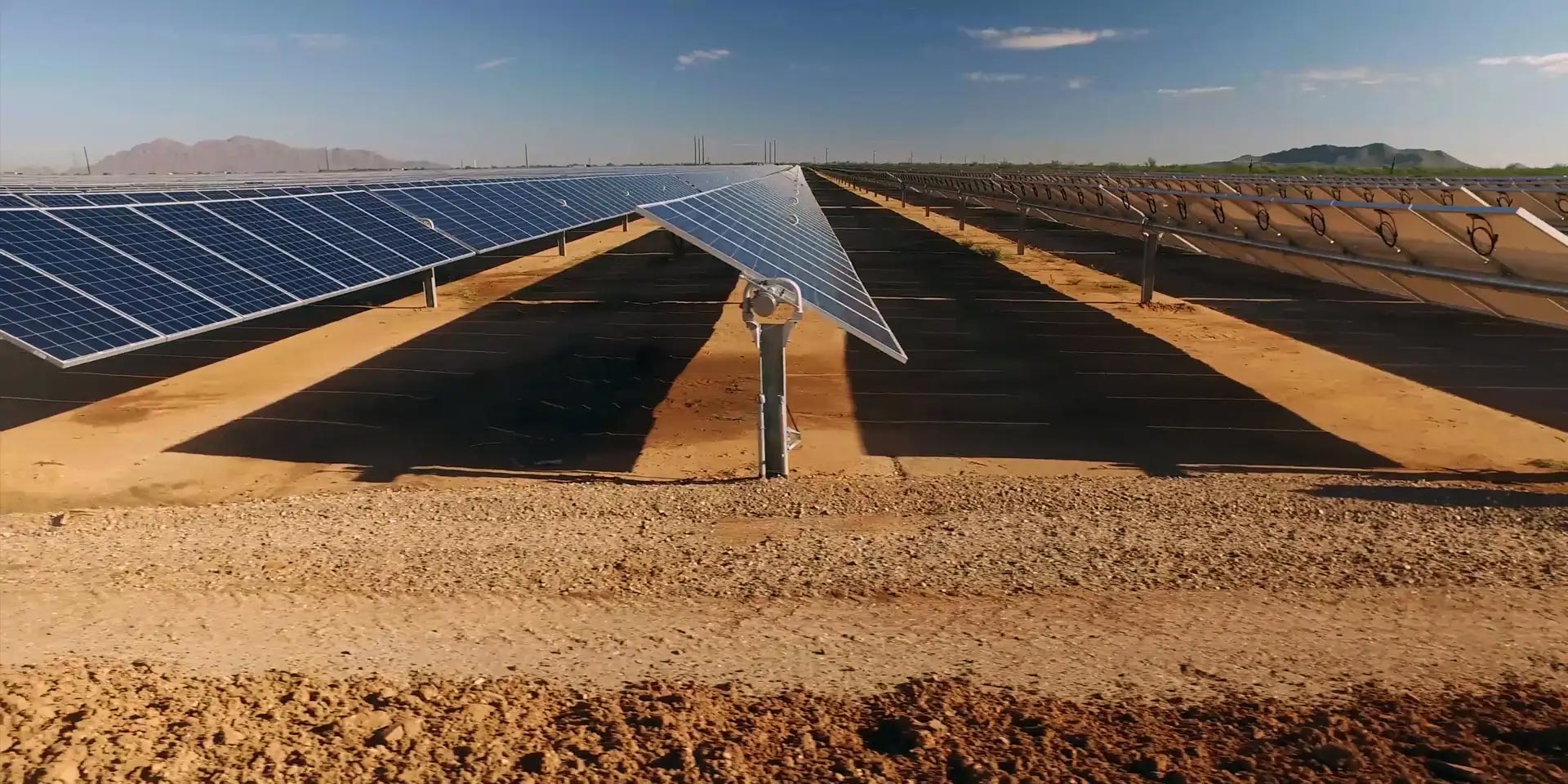Reports and Analysis
MONTHLY CHINA ENERGY UPDATE | Hydropower Generation Recovered, Driving Down Thermal Power Demand
China’s total electricity demand shows an overall 6.1% increase from January to September 2024, reaching 7,213TWh. In September alone China’s electricity demand reached 837TWh, +8.9% y-o-y. Of this 38% of the generation comes from zero emissions power, +12.9% y- Read more
REPORT | Green Metal Statecraft: Forging Australia’s Green Iron Industry
CEF’s new report examines the global shift towards decarbonising the iron and steel industry and outlines a strategic plan for Australia to capitalise on this transition by establishing a domestic green iron industry, leveraging its comparative advantages in its vast iron ore reserves and renewable energy potential. Read more
Storm Clouds for QLD’s Clean Energy Leadership as LNP Assumes Power
The QLD state election last week saw the David Crisafulli-led LNP form a majority government. The sunshine state is now at serious risk of being locked into high-emission fossil fuels to power the state, derailing the crowding-in of tens of billions of renewable energy and green industry capital unlocked by the critical new transmission and grid firming investments made under the previous government. Read more
REPORT | GREEN CAPITAL TSUNAMI: China’s >$100 billion outbound cleantech investment since 2023 turbocharges global energy transition
CEF’s news report shows that a green capital tsunami of investments from China into cleantech around the world is speeding decarbonisation, but Australia, with its opaque foreign investment regime, is missing out, as investment hit a multidecade low last year, forgoing its massive opportunity to co-invest with China in clean energy-powered onshore value-adding, including green iron. Read more
MONTHLY CHINA ENERGY UPDATE | Increasing Electricity Demand Showcasing China’s Economic Resilience
During the first 8 months of 2024, China added 210GW of new capacity to the grid, a 14% y-o-y increase. August alone saw China add 25.1GW of new capacity additions. From January to August 2024, China spent RMB333bn (US$47bn) on power grid projects, a 19% y-o-y increase. In August alone, China invested RMB79bn (US$11bn) in the power grid. From January to August in 2024, China’s electricity demand increased by 7% y-o-y, reaching 6,456TWh. This is a sign of China’s continued economic resilience and as a result of the country’s continuous electrification-of-everything strategy. CEF expects China’s electricity demand to continue to climb in the coming decade. Read more
WA Government to Accelerate Electrification and Decarbonisation with Priority Common User Infrastructure Corridors
In a landmark for accelerating electrification and decarbonisation of the Pilbara, Australia’s resources engine room, the WA Government’s Pilbara Energy Transition (PET) Plan has announced the development of priority common user infrastructure (CUI) corridors in the region. Read more

